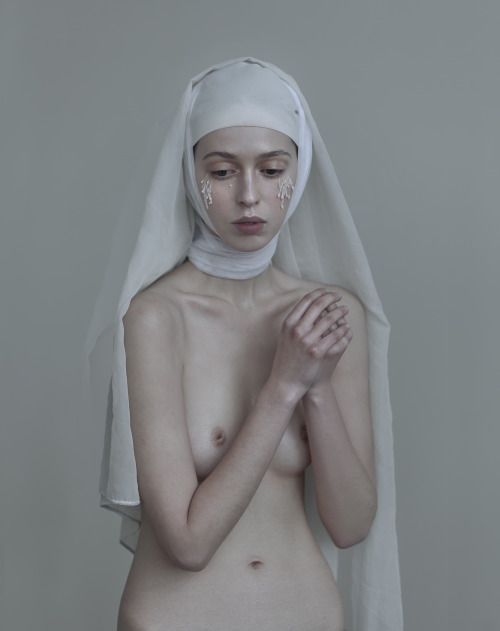Victoria Siemer
The five stages of grief. ( Les cinq étapes du deuil ).
Photography, 2014.
« Victoria is a graphic designer living in Brooklyn NY. Obsessed with the idea of the fragmented self, she recreates and develops this theme in her visual work. It’s as if the art itself is an act of repetition compulsion for her. »
Victoria est designer graphique, vivant à Brooklyn, New York. Obsédée par l’idée de l’être fragmenté, elle crée et développe ce thème dans son travail artistique. C’est comme si, l’art lui-même, était une compulsion répétitive selon l’artiste.
Quote from WorldPhoto.org – Trad. by Because Art Is.
The artist website (here) – Le site internet de l’artiste (ici).
Article about her on a very interesting website : Artists inspire Artists (here) – Article sur elle sur un site internet très intéressant : Artists Inspire Artists (ici).
The title of the artwork seems to be a reference to Elisabeth Kübler-Ross’s book “On Death and Dying”, written in 1969. She was the first to develope the idea of five stages in normal grief.
Le titre de l’oeuvre semble être une référence au livre de Elisabeth Kübler-Ross “On Death and Dying », écrit en 1969. L’écrivaine fut la première à développer l’idée des cinq étapes d’un deuil classique.
More details on psychcentral (here).




